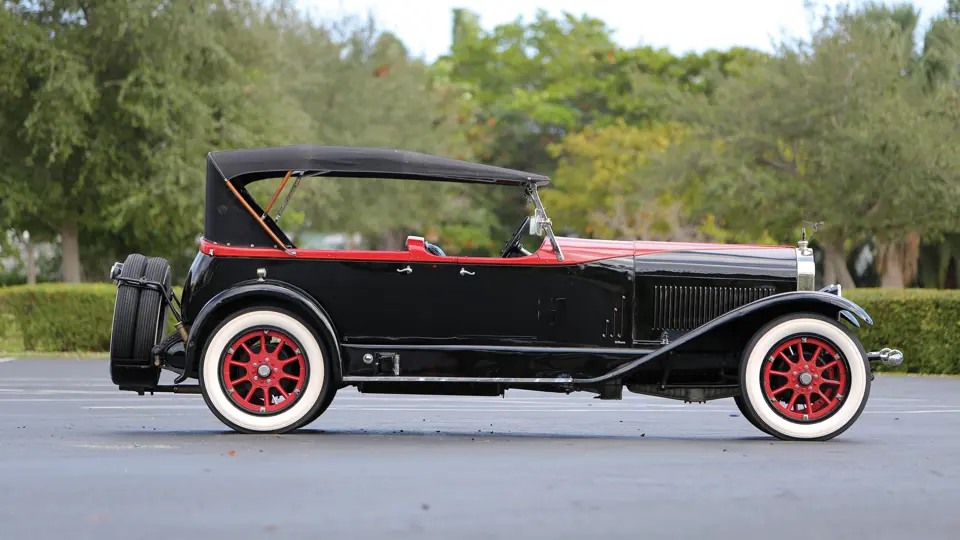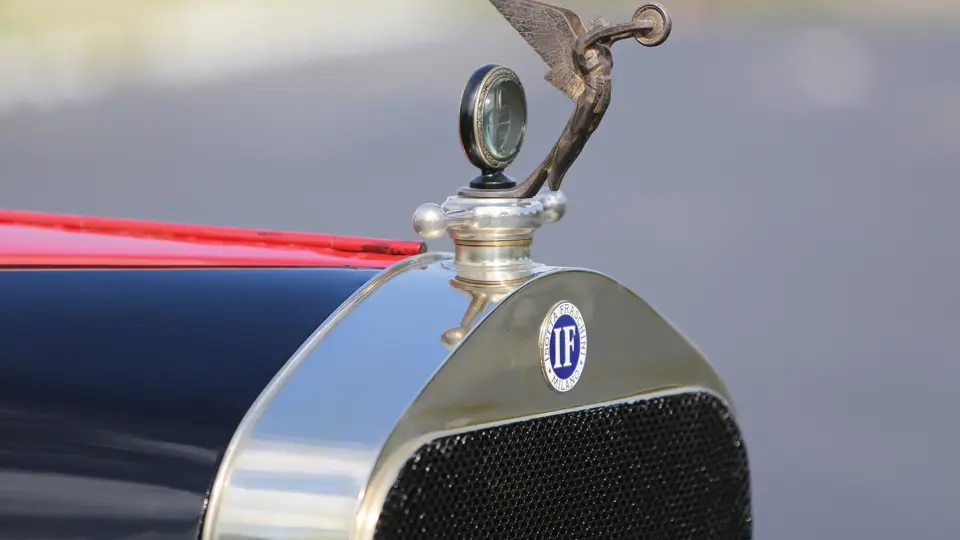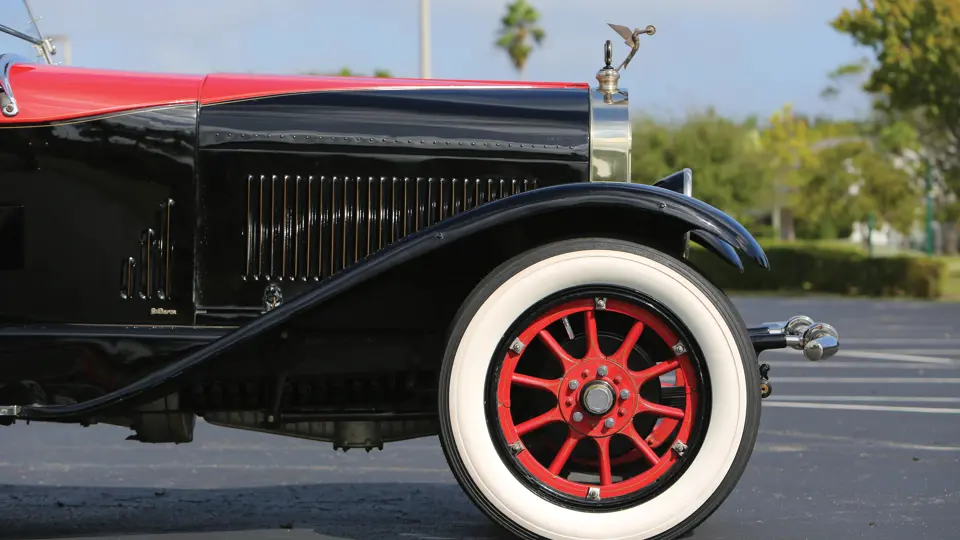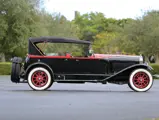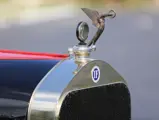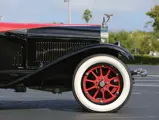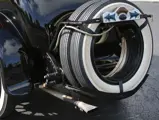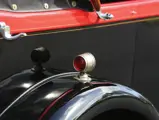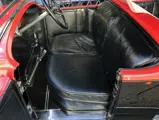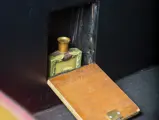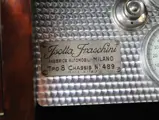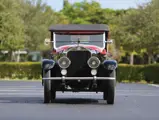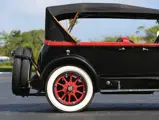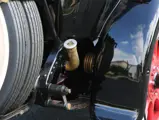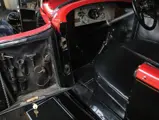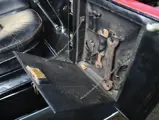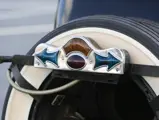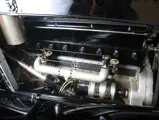
1924 Isotta Fraschini Tipo 8 Tourer by LeBaron
{{lr.item.text}}
$350,000 - $400,000 USD | Not Sold
{{bidding.lot.reserveStatusFormatted}}
- Believed to be the first of several Isottas delivered to George Piperno
- Formerly owned by A.N. Rodway and William Pollock
- Original chassis, engine, and body
- A superb, respected example from long-term CCCA member ownership
80 bhp, 360.1 cu. in. inline eight-cylinder engine, three-speed manual transmission, solid front axle with semi-elliptic leaf springs, semi-floating rear axle with semi-elliptic leaf springs, and four-wheel, vacuum servo-assisted Dewandre mechanical drum brakes. Wheelbase: 145 in.
The early production of Società Milanese Automobili Isotta, Fraschini & C. focused on high-horsepower cars. These cars were veritable fire-breathers that achieved celebrity in the crucible of racing, with an early highlight being Isotta’s victory in the 1908 Targa Florio. In 1919, the firm established itself as a luxury manufacturer with the introduction of the Tipo 8, which gained notoriety as the first production car to feature a straight-eight engine.
Chassis number 489 is one of approximately twenty surviving complete Tipo 8 Isottas of all body styles, and it is singularly remarkable for both the story of its original ownership and for the quiet life that it has led in the hands of its subsequent enthusiast owners. While the surviving partial factory records that contributed to the register that was published in Angelo Tito Anselmi’s 1974 book Isotta Fraschini do not list the original owner of chassis number 489, it is noted as one of the extant cars identified in the register by the Isotta Fraschini Owner’s Association. However, another source provides valuable first-hand insight into this spectacular automobile’s creation and early life.
Hugo Pfau worked alongside Ray Dietrich, Frank Pease, Ralph Roberts, and Roland Stickney as a young office assistant/draftsman at the coachbuilding firm of LeBaron when the firm was independent and had offices in Manhattan. Fortunately for historians, Pfau recorded many of his recollections in his 1970 book The Custom Body Era.
During his discussion of LeBaron coachwork on the Isotta Fraschini chassis, Pfau mentions Mr. George Piperno, evidently a loyal customer to both Isotta and LeBaron, who had “five or six with LeBaron bodies, each one specially designed for him.” A June 22, 1933, New York Times article describes Piperno’s marriage to Miss Betty Hopping and refers to him as a polo player and stockbroker. The identities of four of Piperno’s Isotta Fraschinis are known, of which three survived World War II. Given this astonishing survival rate, it is possible that the cars were retained by Piperno until after the conclusion of the war.
Importantly, Pfau’s section on Isotta Fraschini includes a rendering by his LeBaron colleague, Roland Stickney, of what is unmistakably this car, chassis number 489, as well as a caption of his firsthand identification of this car as the first of several LeBaron-bodied Isottas built for Piperno.
At some point after World War II, the car was purchased by William Pollock, a prominent early figure in the Antique Automobile Club of America, a well-known restorer, and the owner of the Pollock Auto Showcase in Pottstown, Pennsylvania. It spent the better part of a decade, from 1954 to 1961, in the Pollock Collection, as is noted in classic car registers. By 1968, the car was listed as being with colorful enthusiast Alfred N. Rodway, of Cleveland, Ohio, and kept in his museum, Rodway’s Classic Era. It is believed that Rodway performed a cosmetic restoration at that time, finishing the car in the two-tone color scheme of black and red to highlight the signature LeBaron “spade” that sweeps down the length of the hood. Select pieces of the interior were reupholstered at that time as well, and the whole car still retains the wonderful patina and integrity of an example that has never required comprehensive restoration.
In 1970, the Tipo 8 was purchased by Walter Weimer, of Washington, Pennsylvania, who owned it for five years before selling it to LaVerne Johnson, of Gregory, Michigan. It would spend the better part of four decades with Mr. and Mrs. Johnson, for whom the Isotta was “part of the family.” In 2000, they commissioned Clark-Patton Inc., of Plymouth, Michigan, to perform a mechanical restoration, which reportedly included an engine rebuild. It was further sorted within the last year by Brian Joseph, with the work performed including the relining of the clutch’s friction linings, replacing the transmission pilot bearing, cleaning the clutch splines, adjusting the clutch, inspecting the brakes, and installing new tires.
The original Tipo 8 Isottas are not well understood, due in part to the fact that so few survive, causing many enthusiasts and historians to overlook their intended use as the Italian Duesenberg: a high-speed, luxurious conveyance for the wealthy. Among those few survivors, this superior bespoke creation surely ranks among the finest, with known history beginning with one of the most loyal and fascinating customers of Ugo D’Annunzio’s New York Isotta agency and an association with the soon-legendary firm of LeBaron.
Having led a mostly quiet life, it is now ready to be enjoyed by a new owner, perhaps on the way to the polo grounds, and most certainly, it has more exciting history to be revealed.


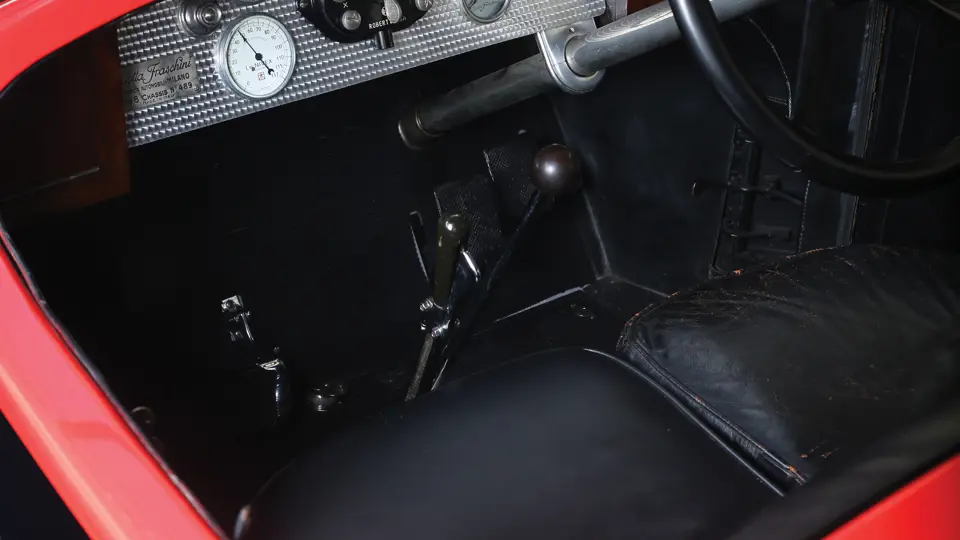

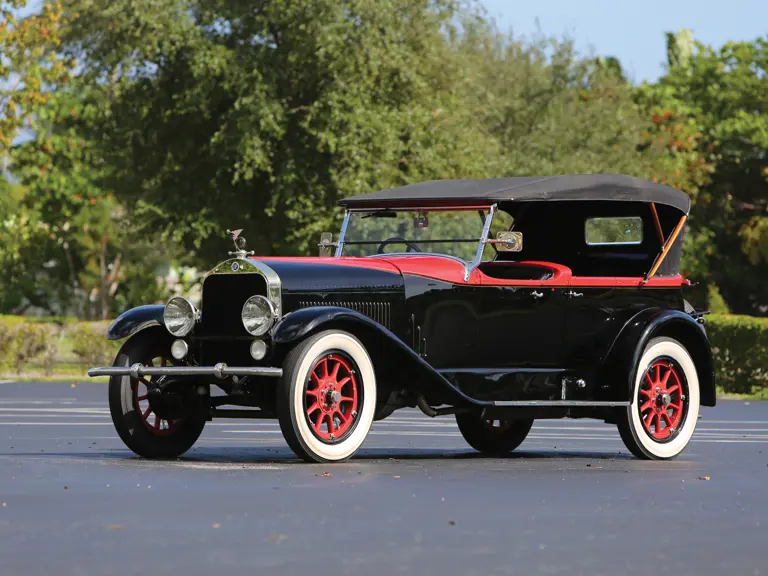
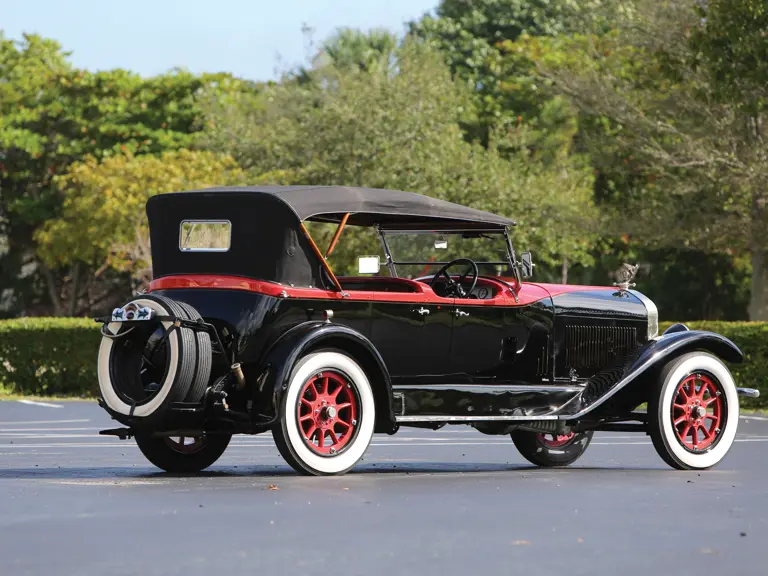


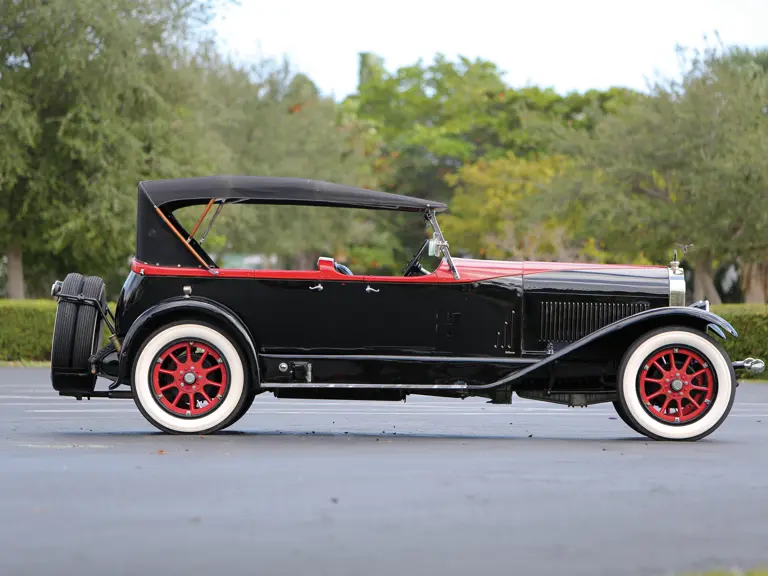
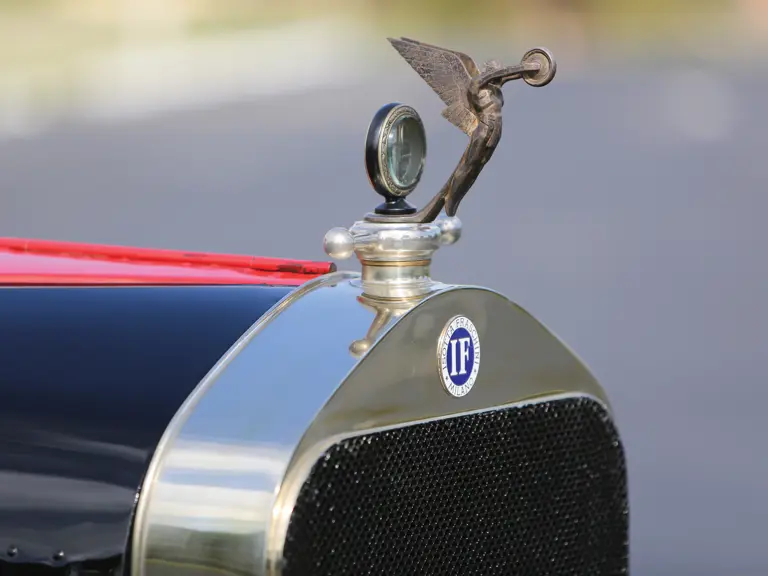
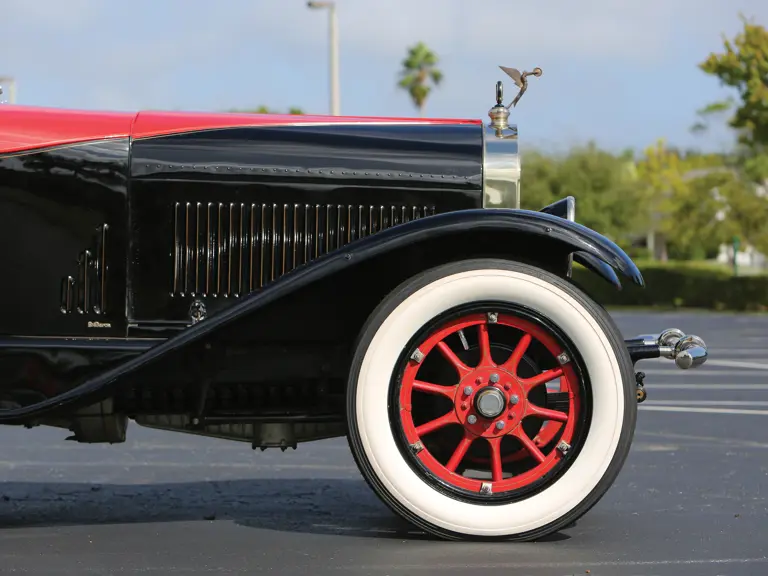
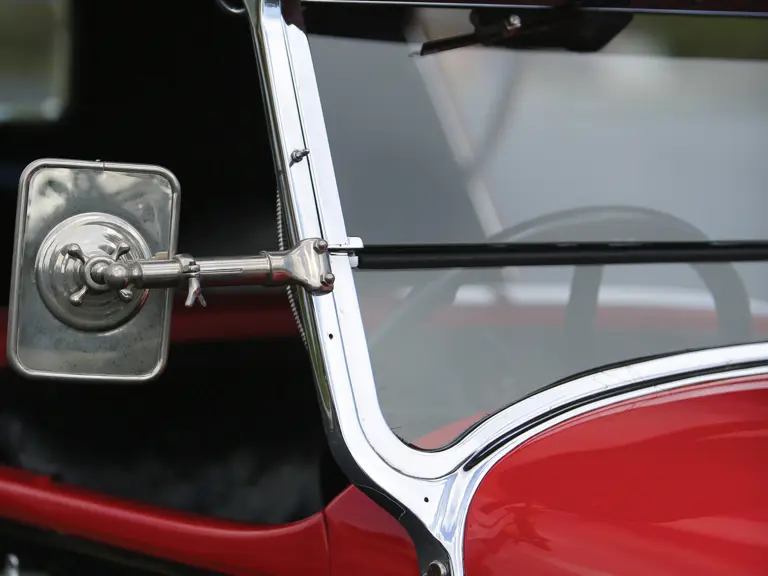

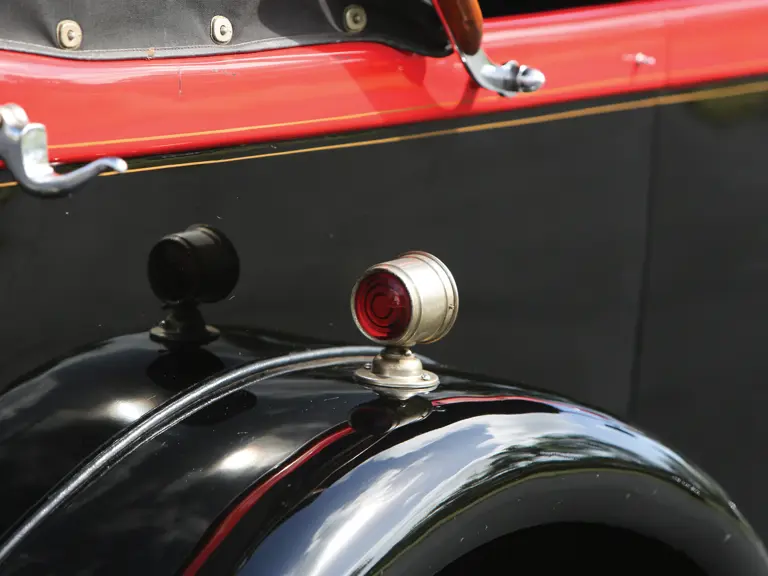
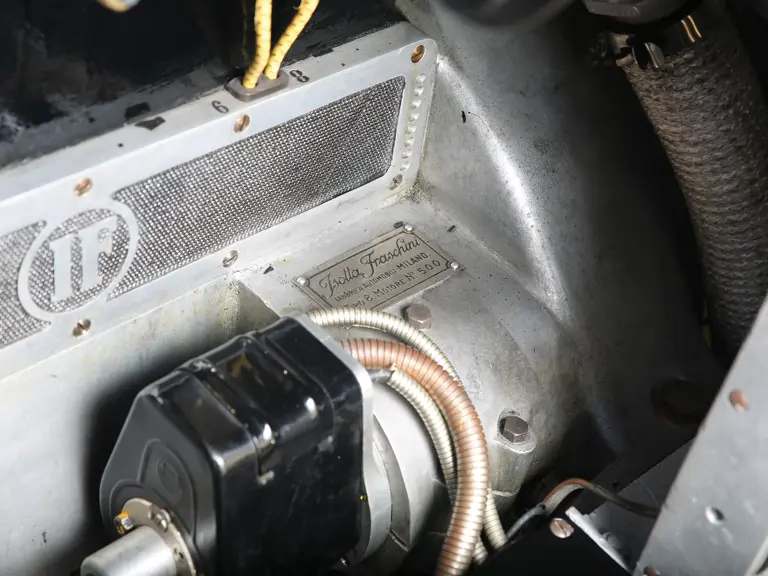

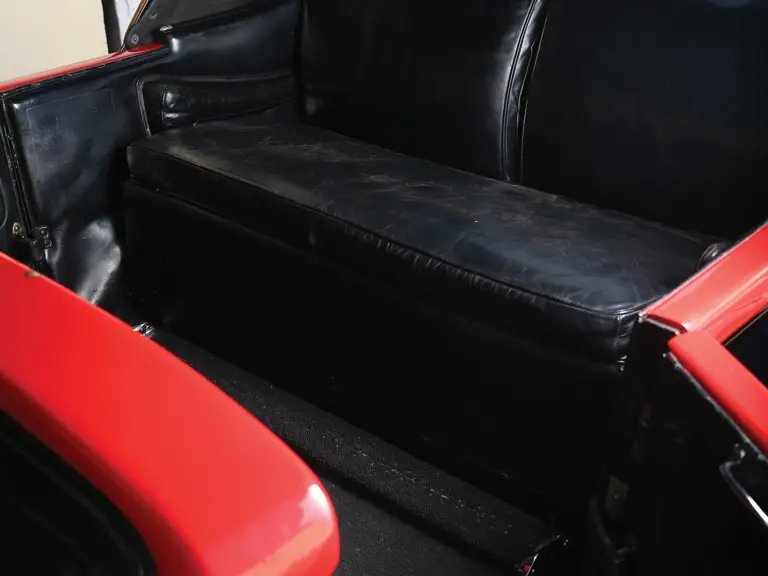
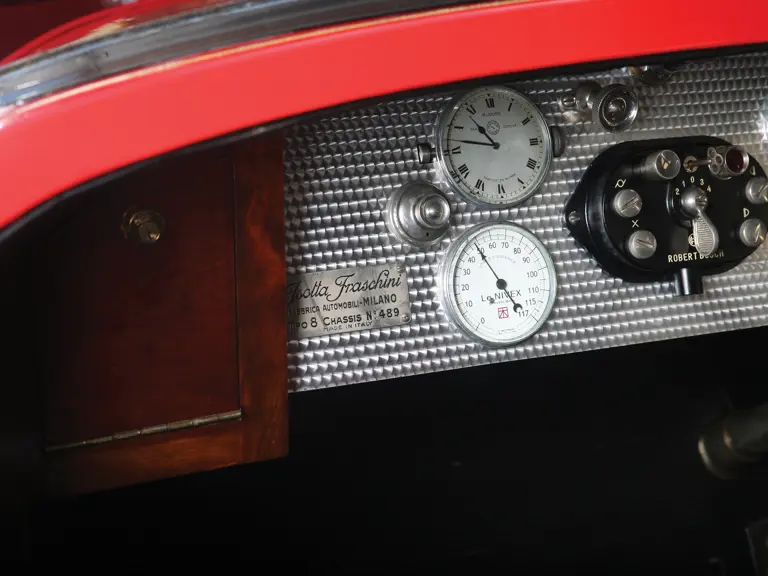
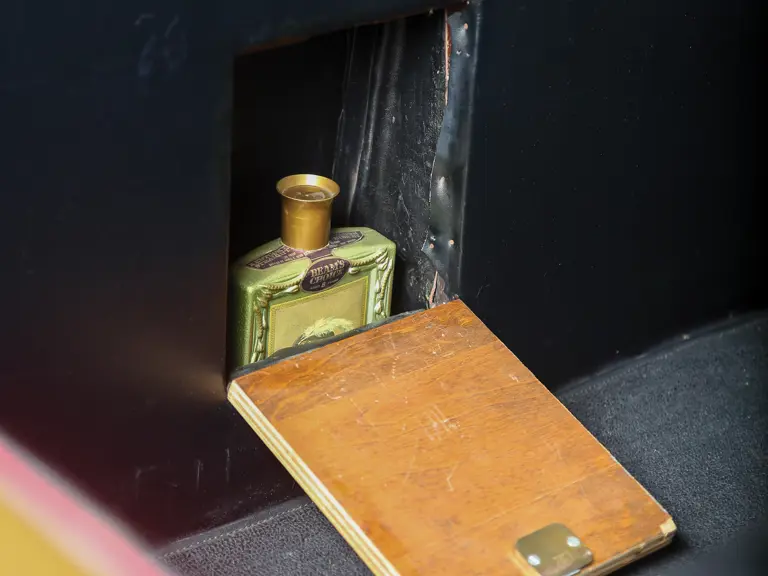
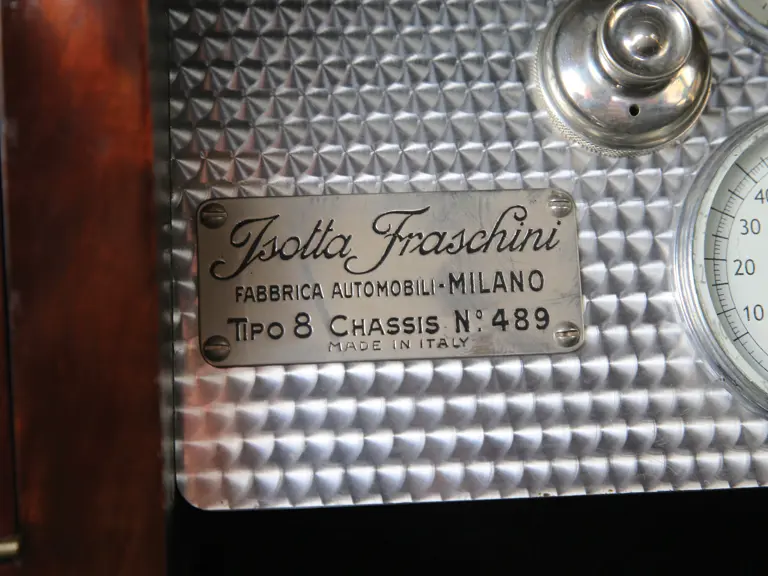


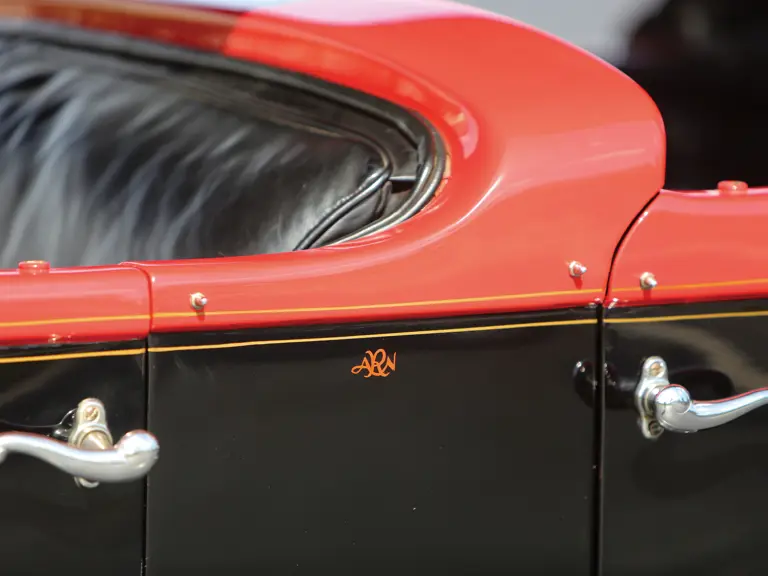
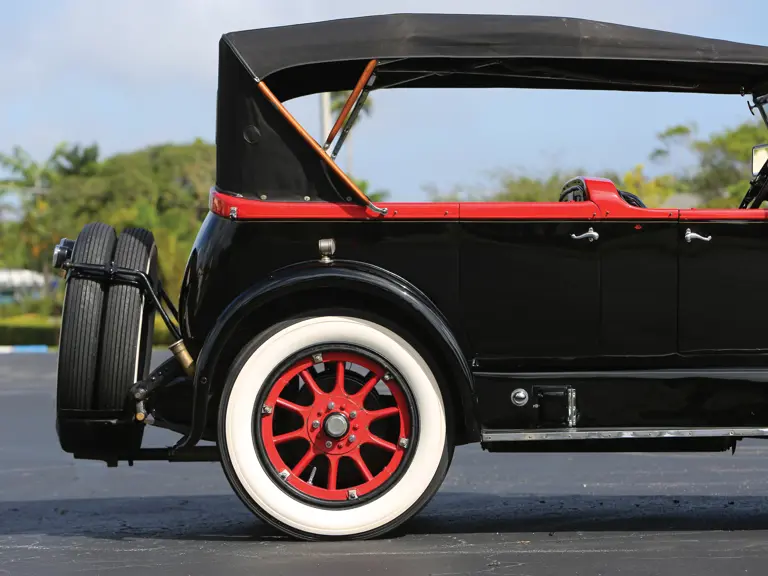
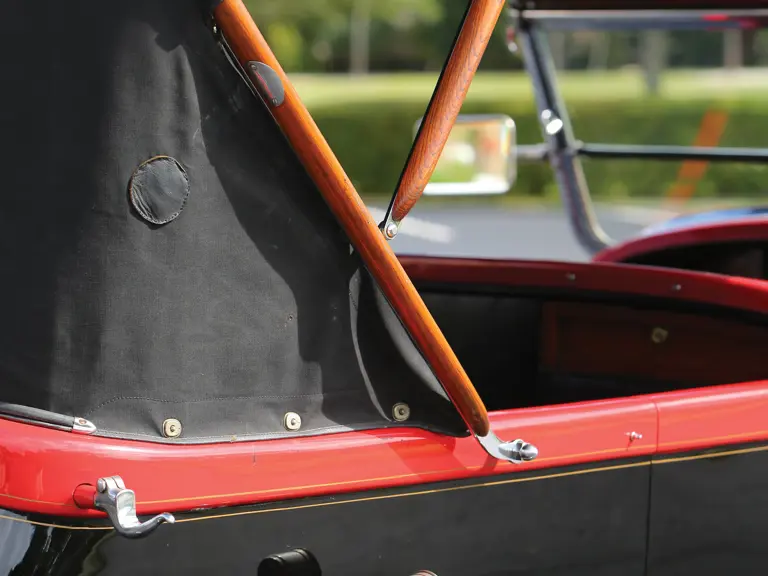



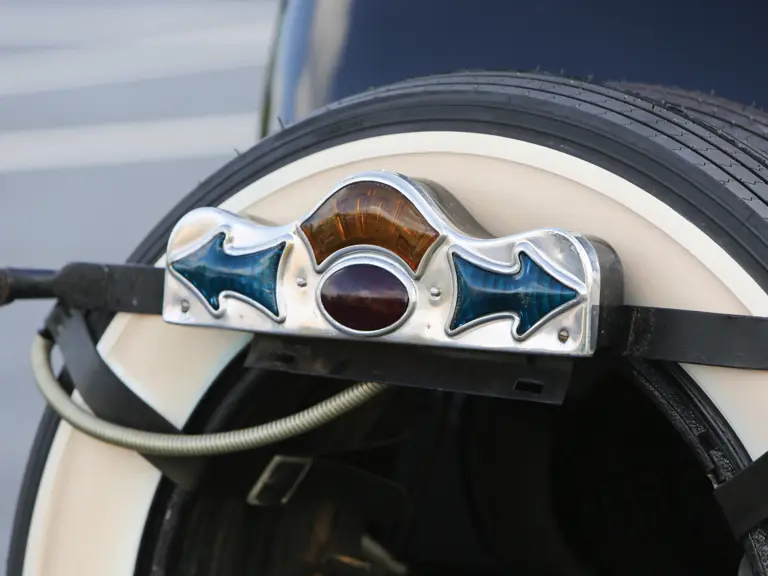
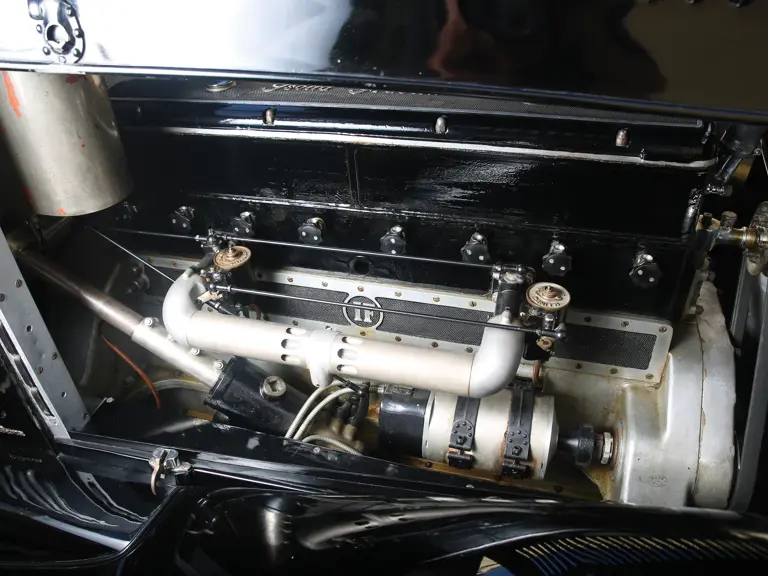
 | Phoenix, Arizona
| Phoenix, Arizona
